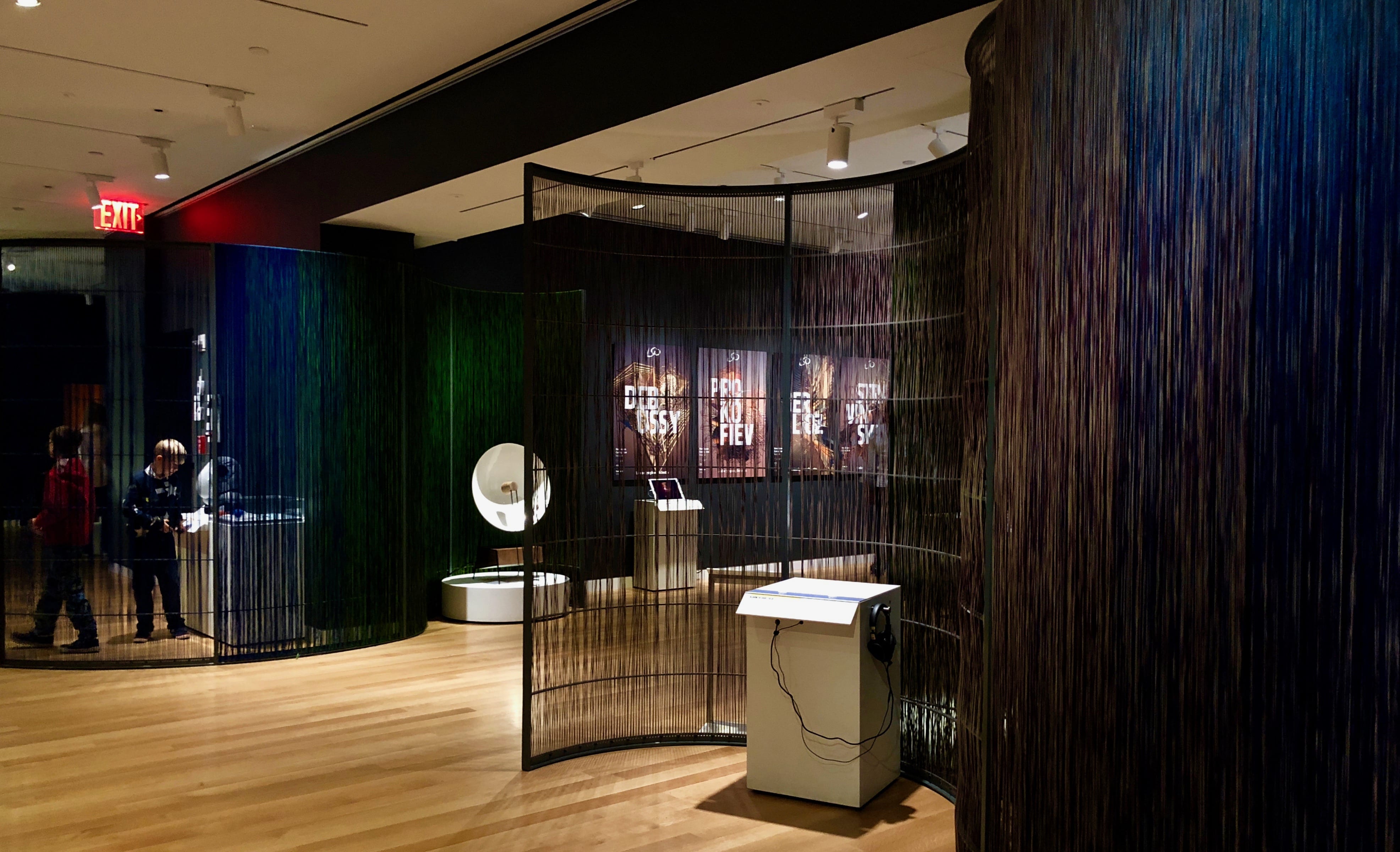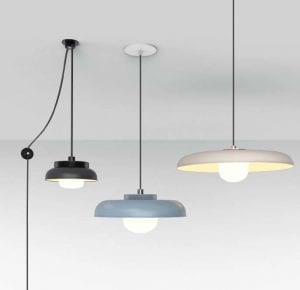This exhibition was a unique, impactful, and inspirational experience. When I first read of this exhibit, I couldn’t imagine what works of art could be emerged from the human senses. The work I saw astonished me, as I walking around and interacting with these works, I discovered how sensory design can solve problems and improve everyday lives. I haven’t yet to experience an exhibition in this manner. I was always told in museums and galleries to never touch art because it is fragile. Being able to touch, smell, and hear art was a fragile experience as a whole; the art was so interactive and playful, the reaction as to viewing a piece was more personal. I was able to draw a lot of inspiration towards my architecture practice from seeing how different elements of senses can impact design.
Noticings:
- I noticed the mood changed when observing different color of light
- When observing blue light; I felt awake and alert
- When observing white light; I felt a sense to be occupied
- When observing dim light; I felt rather more calm and at ease, almost like at home
- I also noticed the way other people interacted with this piece. When I saw a child under white/blue light they suddenly started to run, and laugh under these lights, but when the dim lights came on, they stood there in silence.
Analyzing:
- Who the artist/designer that created this piece, and how does it correlate to his practice?
- Rich Brilliant Willing is the artist of “In Living Color”. Willing is a designer that works and manufactures LED lights, he strives to create atmosphere through light. This is thoroughly seen in this piece, where he creates an atmosphere from lights to shape our senses for the well-being.
- Describe how these elements or principles are employed in the piece.
- In this piece, Willing uses different color of light to create an environment. The lights change color after short periods of time, this is to show comparison of what moods we are in when occupying different light. With the dim lights you feel at ease, as you are at home, and with the blue/white lights you have a sense of productivity and awareness.
- What relationships do you notice among the elements?
- I noticed that each light carries its own personality. Light can influence our hospitality, workspace, and what we sense within a space. The elements in these piece really show the power of light and the ways it shapes our senses.
- What important details are employed in this piece?
- It’s important to realize not only the color of the light, but also its orientation to the room. For example, I think a blue light functions better when closer to the ceiling, creating a bigger effect on the room, and dim lights function better when they are directed towards the center, almost acting like an object that we look at and find ease.
- What connections do you make between the piece you experienced and anything else you are thinking about, learning about, sensing about?
- Through this piece, I discovered the power of light. I had always known that light sets tone, but it wasn’t until I stood under a few light bulbs and noticed the difference within each different light color. This is a main principle in architecture, in order to create a space that functions properly, light has a big impact onto what we are sensing in the space.
Interpreting:
- What do you think is going on in this exhibition?
- This exhibit displayed artworks that anyone could benefit from. A child can interact and play, a blind person can experience and enjoy, and a designer can appreciate and gather inspiration. I think this exhibit goes to show the ways we have advanced in design in terms of making an object or a piece of art more personal to the audience.
- What is it about?
- This exhibition shows work that allows you to smell, hear, touch, see, and interact. It is about expanding the possibilities of design to create and fun, joyful space to experience.
- What ideas was the curator trying to convey in this exhibit?
- I think the curator wanted to create an exhibition that anyone can enjoy, from children to people with disabilities. They wanted to show how different artists and designers are exploring sensory to create work that is be fun, playful, and beneficial.
- What does it mean? What does it mean to you? (How are you connecting with the exhibition?)
- This exhibition gave me inspiration and I discovered how sensory design can actually further expresses my concept in architecture; creating space that functions as an environment rather than just structure.
- Does the exhibit evoke any emotions?
- This exhibition evokes a lot of different emotion. Each piece had its own unique impact on the viewer. For example, when watching the “For Approval, 2017” computer-generated movie, it seemed starical and made me laugh at times.

